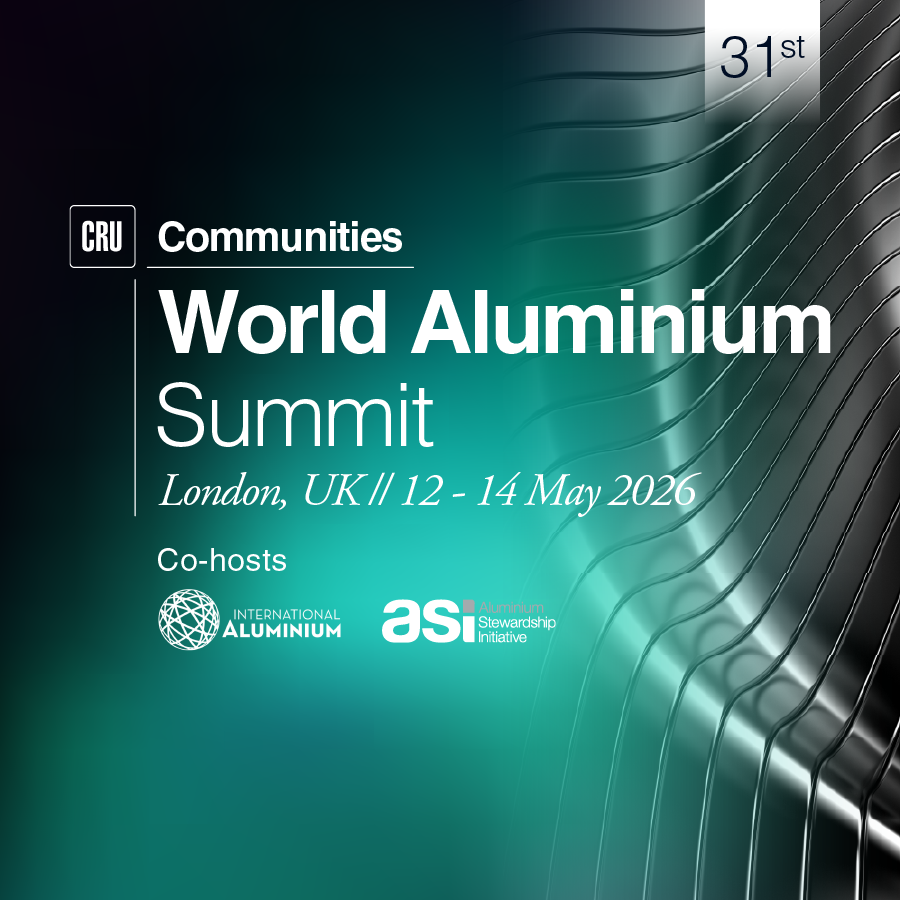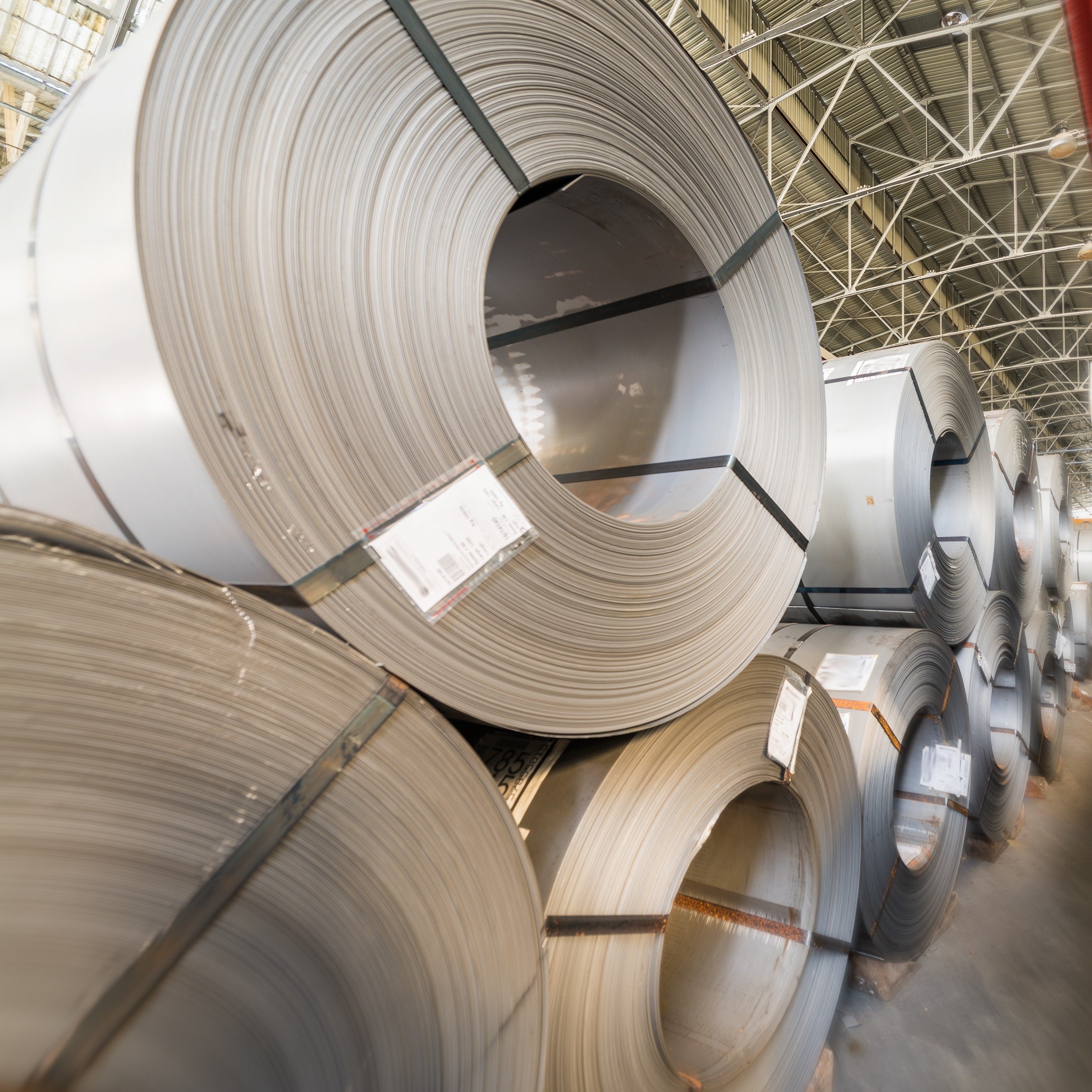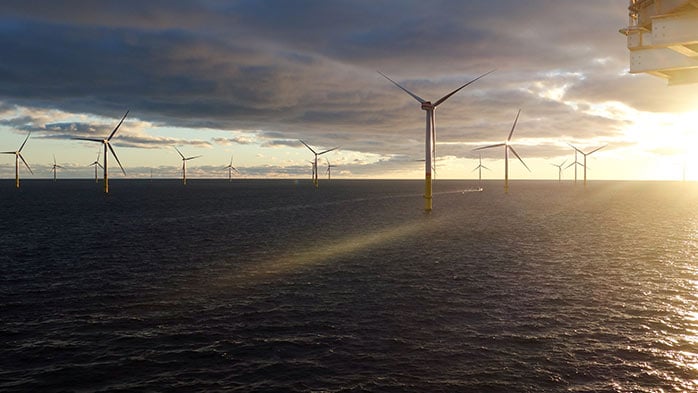Europe’s green hydrogen production has promise – with provisos
Optimised mixes of solar and wind always produce lower-cost green hydrogen than solar‑only projects, so solar-rich locations, such as the Middle East, do not necessarily hold an advantage. Brazil, the USA and Chile emerge as the most competitive producers, but there is credible potential for competitive domestic green hydrogen production in Europe once transport penalties on imports are included.
These results clearly imply the ‘EU Hydrogen Strategy’ to import 50% of demand by 2030 will lead to uncompetitive hydrogen supply and would represent a policy failure to take full advantage of the renewable resources available within the EU. Having said this, the modelled cost of green hydrogen overall is higher than most will expect, and this poses significant questions concerning the expected growth of green hydrogen demand.
Middle East is considered the go-to region for low-cost green H2
It is generally assumed regions with good solar resources will be ideal for producing green hydrogen – in fact, the EU Hydrogen Strategy, REPowerEU (2022), anticipates substantial imports alongside domestic green hydrogen production by 2030. In response, the solar-rich Middle East – specifically Saudi Arabia’s green hydrogen market – has positioned itself to supply Europe.
However, given the highly intermittent nature of solar power, using it as the only renewable source to power electrolysers introduces costly challenges. This insight explores how the cost of green hydrogen production changes under different renewable configurations and in different locations to understand whether this perceived advantage exists in practice.
How we calculate levelised cost of hydrogen
The ex-electrolyser Levelised Cost of Hydrogen (LCoH) (n.b. given in $/kg H2) is minimised by optimising electrolyser size, renewable overbuild and storage (n.b. both battery and underground hydrogen). We assume a flexible electrolyser operation – enabling the system to absorb some of the variability of renewables – with a minimum safe operating load of 20% of electrolyser capacity. All capex. and opex. costs are forecast 2030 costs reported in real 2024 values. We also assume availability of on-site underground hydrogen storage (i.e. salt caverns) – where unavailable, the LCoH will likely be higher.
Middle East green hydrogen projects lead in solar-only green H2 cost competitiveness
The chart below plots the lowest achievable LCoH from solar by latitude, demonstrating a clear correlation that reflects solar resource quality.
Three observations stand out:
- There is a solar-only cost minimum between 20–30˚
- Above ~30˚ latitude, prices rise quickly and solar-only becomes uneconomic due to heightening storage and overbuild requirements (e.g. Germany, Sweden).
- Saudi Arabia boasts the lowest solar-only LCoH at ~$6.3 /kg, followed by Chile at ~$7.0 /kg.
The minimum cost of $6.3–7.0 /kg (n.b. ex-electrolyser; real 2024) is not particularly low and belies expectations that the Middle East will be an accelerator of green hydrogen demand via low-cost production. Even applying our forecast 2050 costs, we don’t expect solar-only-based green hydrogen costs to fall below ~$5.0 /kg in Saudi Arabia. This cost level poses significant questions concerning the expected growth of green hydrogen demand in the EU and elsewhere.
Onshore wind is more broadly applicable to low-cost green H2
The equivalent plot for hydrogen produced using only onshore wind shows a similar relationship, with increasing costs above 30˚ latitude. However, examination of the underlying data suggests this is driven predominantly by wind load factor.
The key finding here is the much narrower range of LCoH values for onshore wind – between $4.5–10.0 /kg – consistently below solar-only costs. While Saudi Arabia has limited wind power capacity, we estimate wind-only LCoH values of ~$5.7 /kg, based on regional capex., opex. and operational characteristics.
It is important to note that these findings are based on aggregated national wind profiles and, as discussed in a previous client Insight, cumulative variability of wind power decreases as more geographically dispersed capacity is installed. Therefore, these results might overstate actual wind potential. Nonetheless, the results demonstrate that optimising wind configurations and interconnection between wind farms can unlock much lower hydrogen costs, with a minimum LCoH of ~$4.3 /kg, ~$2.0 /kg below optimal costs from solar.
Costs can be further reduced by mixing solar and wind
Next, we derive the optimal solar:wind mix by combining historical national profiles at different ratios and selecting the minimum-cost case.
Across all the countries modelled, systems employing a solar:wind mix routinely deliver the lowest LCoH potential. Solar and wind show complementarity – wind often blows during lower solar periods such as during the night or in winter – and, when combined, this minimises overall intermittency, reducing the need for overbuilding and storage.
Key findings:
- The range of hydrogen costs is narrowest under a solar:wind mix – only ~$3.0 /kg – demonstrating locational advantages associated with better solar or wind resources are minimised when a mix can be exploited.
- The lowest LCoH (~$4.3 /kg) is in Northern Brazil, a region with excellent onshore wind and solar resources.
- Costs for Saudi Arabia could reach as low as ~$5.0 /kg using our wind estimation from above, supporting the view that Middle East green hydrogen projects are constrained competitively by a dearth of wind infrastructure.
- European countries with appropriately configured power systems could support an LCoH as low as ~$6.0 /kg, below the solar-only Saudi Arabian LCoH.
Europe can compete in green H2 after accounting for the ammonia shipping cost
Given the narrow deviation in hydrogen costs between the Middle East and Europe, we estimated the added costs of moving hydrogen as ammonia to end-use markets in Europe to be reconverted to hydrogen. This constitutes a basic make or buy decision for Europe.
Additional costs are associated with:
- Production of ammonia;
- Shipping of ammonia;
- Cracking ammonia to hydrogen (e.g. including capex., opex. and losses); and
- Final compression
For a more detailed explanation of these processes and inputs, explore CRU’s Low-Emissions Hydrogen and Ammonia Service.
Converting these costs to a ‘$/kg H2 delivered’ basis reveals the cost of Europe green hydrogen production needed to compete with Saudi Arabian imports. The results of this analysis are shown below.
If Europe can effectively exploit solar-wind synergies, green hydrogen can be produced domestically up to ~$2.0 /kg lower-cost than importing from Saudi Arabia via ammonia. In our view, the lowest LCoH values will be found in locations where a local or regional grid is well-connected with multiple wind farms and local solar.
This would allow electrolysers to access the lowest cost solar:wind mix while simultaneously absorbing some of the more extreme variations of renewable output, minimising the need for battery storage or other grid balancing mechanisms for firm power supply to general consumers.
We will expand on this latter analysis in a further Insight that will explore the effective costs of moving hydrogen around the world by different vectors (e.g. as ammonia, liquid H2 or DRI). Keep your eyes open for this, but if in the meantime you want to hear more about our work on optimised grid configurations, hydrogen or power costs under decarbonisation, get in touch with us, we’ll be happy to talk.

















